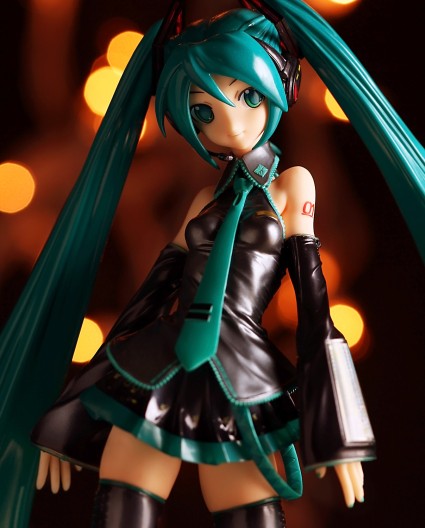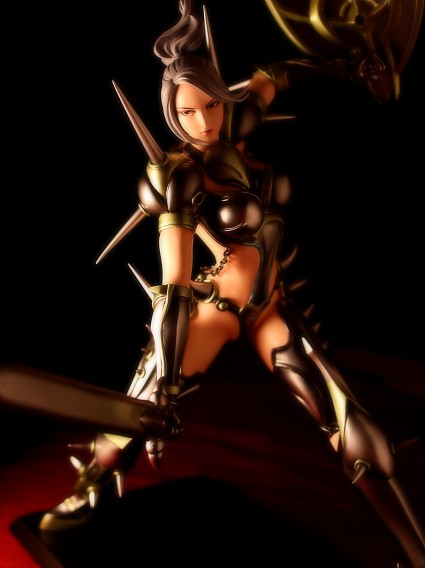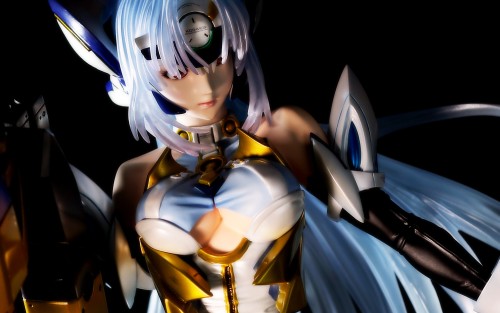Way back when I was in college, I was interested in making electronic music, and being that I did not and still don’t have any musical talent to speak of, I figured the easiest way to do it would be via computer. I had a copy of ReBirth for drums and a MIDI controller that I could use for basslines, my roommate played the guitar so I could ask him for samples, but one thing I didn’t have was vocals. While I might have been able to fake some sort of musical ability with instrumentals, there was no way I was going to embarrass myself by trying to sing. One day, while reading the news from that year’s NAMM on Harmony Central, I learned that Yamaha had developed voice synthesis software intended to provide musical vocals. They had a couple of voices, and I listened to the samples; one of them was of a voice called “Miriam” singing old traditional songs like Auld Lang Syne and Scarborough Fair. They were interesting and innovative in an academic sense, but they were still rather rough and being a broke student, I couldn’t buy the software anyway, so I quickly forgot about them and the whole enterprise and went back to doing my homework.
Fast forward years later; I’m out of college, I’m buying figures, I see a ton of people talking about some young green-eyed girl in dire need of a haircut. Wondering what anime she was from, I Google her name and find out that she’s from “Vocaloid.” How curious, I think, that an anime was named after voice synthesis software. Then I find out that she’s not from an anime at all; Yamaha made a mascot character to ostensibly represent one of their voice packs and it succeeded beyond their wildest expectation. I’m not certain if this whole phenomenon is an ingenius example of marketing or a demonstration of how simple it is to get money from anime fans.
Continue reading





























